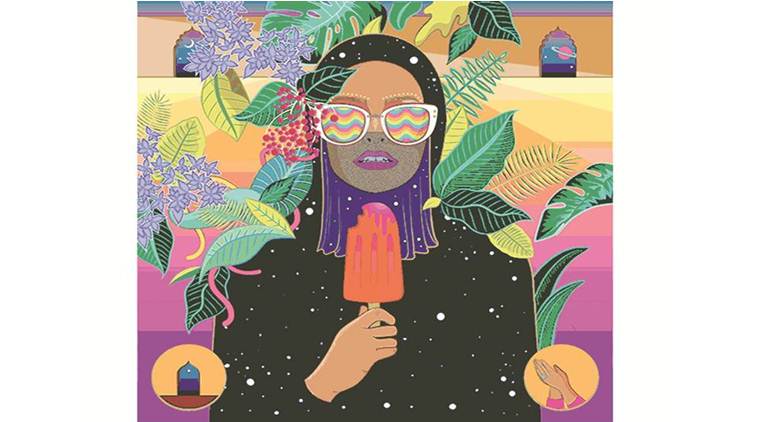
The Kadak Collective, which started with eight members in 2016, has transformed into an experimental digital space where women and queer folk combine skills in creative communication to offset the dominating ideas of mainstream media. They have now initiated a project called Bystander — in print and web — as a way to understand the many definitions of the word “bystander” in the South Asian context. Mira Malhotra, one of the co-founders of Kadak, talks about the questions they engaged with, the lack of translations and staying relatable. Excerpts:
How did the idea of the anthology come about?
It was conceptualised late last year. Since our inception in 2016, we’ve been on the zine and comic fest circuit. Many creatives have been using social media to articulate politically aware content, and we wanted to bring them together on a theme everyone could relate to, but is less talked about. We zoomed on to the topic of the bystander. There is no real translation for the word in South Asian languages because of the multitude of identities it holds. Every community feels “othered” in some way.
How have the many perspectives on the ‘bystander’ been expressed in the book?
We asked quite a few questions that prompted answers from our contributors. Is it a privilege to be outside an identity and watch unaffected? Does being a bystander negate empathy? When does it imply wanting to observe, and when does it imply a certain passivity? Is there a line between being a bystander and voyeur? What if you are a bystander because you don’t have access? How does it play out where gender, sexuality, caste, class, ability and space intersect? We do this mainly through visuals and storytelling, but also in the web version, through film and audio. Our contributors come from across genders and sexual identities, locations (South Asia and its diaspora), castes, religions, body types, design practices and ability.
What, do you think, makes the anthology interesting for the readers?
The book is available under the 22-pound reward tier on Kickstarter and will not go beyond 250 pages. We have contributors writing on their own experience of being a bystander. Some examine their conscience and question their sense of morality. There’s a South Asian family as a bystander; an interpretation of a Phd thesis on disability; an architect’s point of view on how spaces enable the bystander effect; and some that explore gentrification. The bystander, therefore, is not just a person in a public space who doesn’t act or help when disaster strikes.
So, a bystander is not just a spectator, but also acts responsibly or intervenes when it matters?
Yes, and much more. We realised that there was no proper translation of the word that we could find in a South Asian language. We have spectator, witness, or onlooker, but not bystander. That was an important realisation that South Asians have a habit of “not interfering”. (They do interfere of course, if you’re not popping out babies or getting married.)